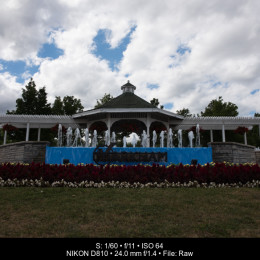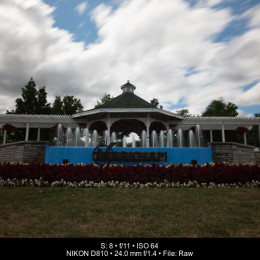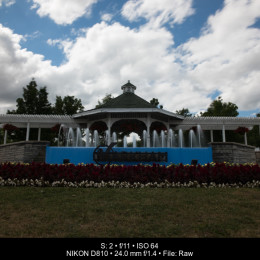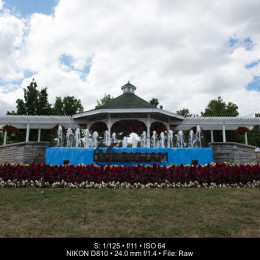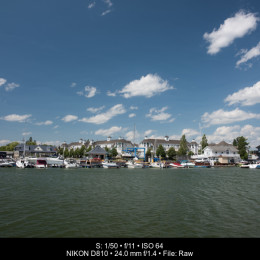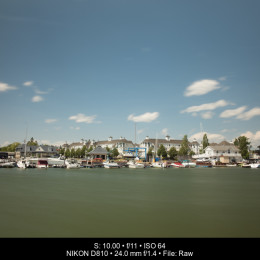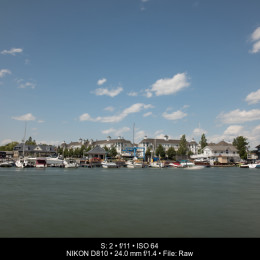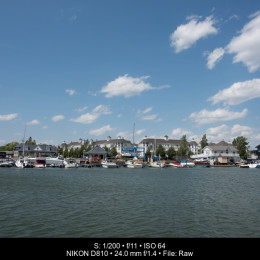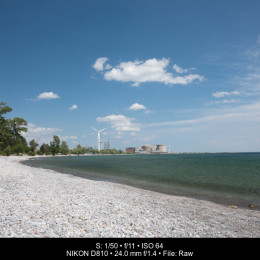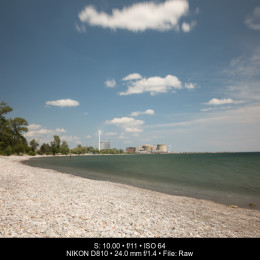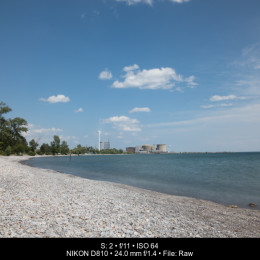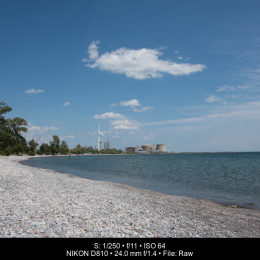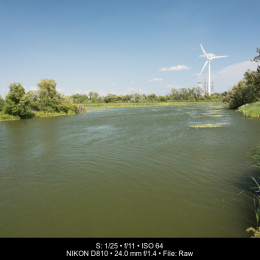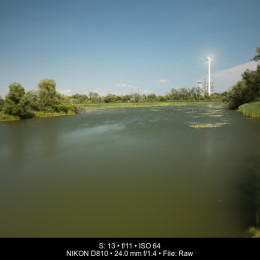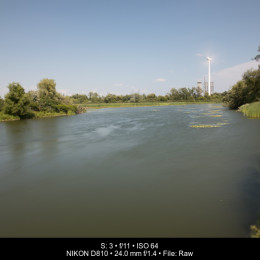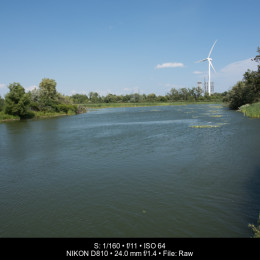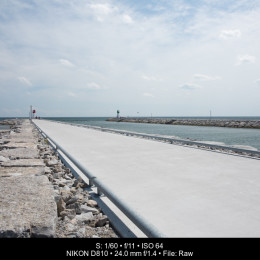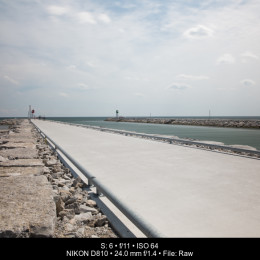Kenko provided me with two of their new RealPRO filters – an upgrade in quality and materials from the PRO-1 series. I tested both filters on the Rokinon 24mm f/1.4 ED AS IF UMC on my Nikon D810 and came away very surprised with how well these Kenko filters perform.
These multi-coated (to minimize reflections and ghosting) filters also feature a black almite frame to reduce reflections back on the filter. The Circular Polarizer (C-PL) adds a few more valuable features, especially their ASC Anti Stain Coating that repels liquids and makes it easier to clean dirt and fingerprints from the filter.
The C-PL, Protector and UV (the last two not tested yet) also feature black rimmed glass (to further prevent internal reflections) and low profile, knurled edge frames that prevent vignetting and are easy to handle.
Kenko even provides a UV Protected Case so sunlight won’t damage your filter when you’re not using it, which should lengthen the life of your filter.
Handling the filters wasn’t a problem. The deep knurling provided lots of grip for threading onto the front of my lens. And the C-PL is the same size front thread so you can stack filters (more on that below). Some other filter brands have a larger thread size on the front of the filter, which isn’t very handy if you only carry one size.
I can attest that the ASC works as advertised – I was photographing near water and have a bad habit of grabbing the glass when handling multiple filters. The C-PL was a lot easier to clean than filters without this special coating.
The C-PL also has a little arrow so can see – and remember – where you have rotated the front polarizer. This is really handy when you’re trying to setup the C-PL – you can see where the polarizer “effect” is taking place. Want to darken the sky, rotate the arrow up; want reduce glare on water, rotate the arrow down and to the side.
Circular polarizers have a few benefits – they allow you to control reflections, increase saturation, darken skies, suppress glare from water and they darken your exposure a bit for longer shutter speeds. This Kenko blocked 2 stops of light, allowing me to slow the shutter to 1/50s from 1/200s (at ISO64, f/11).
Comparing the images without and with C-PL, the sky is slighter darker and the clouds a little more detailed. There is a slight motion blur since it was very windy, but this would help with my ultimate goal when using the ND500.
Images taken with the C-PL are a touch warmer, which is partially due to shooting in bright sunlight with a slightly longer shutter speed – my camera is capturing more ambient light, which is warmer. Polarizers by design are known to warm images slightly. This can be easily adjusted in post-processing.
The images taken with the ND500 are less warm than those taken with the C-PL, but still warmer than without any filter.
Kenko claims 9 stops of darkening power with the ND500. I used my histogram to ensure consistent exposures, as the camera’s meter struggles with the addition of darkening filters. In bright sunlight, I was able to slow my shutter from 1/200s all the way to 2 full seconds in bright sunlight – 8 2/3 stops! This helped blur the waves on this windy day and almost make the dinghy disappear as he drove through the frame.
The slim, dark frames of these filters didn’t produce any noticeable vignetting on the 24mm wide angle lens. Using an aperture of f/11 eliminated any lens-based vignetting and I was also using the sharpest aperture for that lens.
Since the two filters are stackable, I had to find out what I could achieve. One of the tricks to stacking C-PL plus ND filters is to fit the C-PL to your lens first and then the ND to the C-PL. This way, I can confirm the effects of the C-PL filter first and then thread on the ND to reduce the light. I can also use the handy arrow on the C-PL to confirm I haven’t moved it from where I need it. You’ll notice when you try this that once both filters are attached, you can’t really see anything through the viewfinder. It’s dark – really dark – even in bright sunlight.
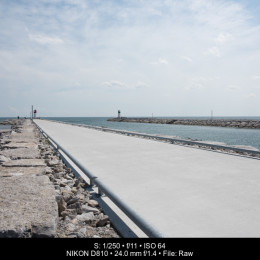
This combination allowed for a 10 second exposure time – that’s 11 full stops. These longer exposure times with both filters helped create dreamier scenes with motion in the water and clouds; the wind whipped the bullrushes and gave them an ethereal quality; the turbine windmill generator blades appear more dynamic, ranging from slight motion blur with the C-PL to obscure blur with the ND or C-PL+ND.
Image quality is consistently very good, although there is a slight drop in sharpness with the two filters combined. Any time you add glass in front of your lens, you can lose some acuity. Some of the sharpness lost can be attributed to the windy day – even with a steady tripod and shielding my camera with my body, there has to be some wind-induced shake. And the hot weather would create radiant heat wave distortions. Overall image quality is still very, very good – you’ve got to zoom in beyond 150% on the 36.3MP D810 Raw files to notice the difference. I was using Mirror Lock Up and electronic first curtain shutter for maximum sharpness.
The other issue with stacking the two filters was vignetting – the ND500 frame was visible in the corners of the images with the wide angle lens. Even with Lens Correction enabled and Vignetting Correction at +200, there was still some vignetting apparent. You would have to either brush away the remaining vignette with the healing brush or crop it out, depending upon how it affects your image. The benefits of stacking the filters may just outweigh this challenge.
Overall, I was very happy with the filter performance. Excellent build quality, no unwanted reflections, small extras (UV case, arrow marking) and the ability to create special images from ordinary scenes. With very minimal image quality degradation, there is lots to like.
With premium features, Kenko filters are priced competitively. They offer top-end image quality without the premium price. If you’re a photographer with great expectations from your gear and expect great results, Kenko filters will deliver.
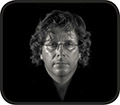
About the Author – Will Prentice (www.capturaphoto.ca) is a professional photographer based out of Whitby, Ontario and Brand Specialist – Lighting for Amplis.



